This article was co-authored by Ashley Mak, DPT. Ashley Mak is a Physical Therapist and the Owner of Ashley Mak Performance and Rehabilitation, his physical therapy business based in Hoboken, New Jersey. He is also the CEO of Hudson River Fitness and an Adjunct Professor at Kean University. With over seven years of physical therapy experience, Ashley specializes in both pain management and maximizing physical performance. He received his BA in Biology from Villanova University in 2010 and his Doctorate in Physical Therapy (DPT) from Thomas Jefferson University in 2012.
wikiHow marks an article as reader-approved once it receives enough positive feedback. This article received 18 testimonials and 100% of readers who voted found it helpful, earning it our reader-approved status.
This article has been viewed 620,874 times.
A pinched nerve is no joke, especially in a vital area like your hip. A pinched nerve occurs when there is a compression or pressure on a nerve, leading to pain and discomfort. In this article, we’ll teach you how to relieve the symptoms of a pinched nerve using home remedies and exercises as well as medical treatments. Let’s get started!
Steps
Home Remedies
-
1Follow PRICE protocol. PRICE stands for protection, rest, immobilization, compression and elevation. All of these things will help to relieve the pain of a pinched nerve and can easily be done at home.
- Protection: Protecting the nerve means avoiding further damage or injury. To protect the hip you should avoid exposing it to heat (from baths, saunas, heat packs etc.) and avoid excessive movement.
- Rest: It is recommended to avoid any activities that may cause further injury to the affected area for the first 24 to 72 hours. Try to sit or lie down as much as possible.
- Immobilization: A splint and bandages are usually put on the affected area to immobilize it and prevent further injury.
- Compression: Make a cold compress by wrapping an ice pack in a damp towel and applying it to the injured area for 15 to 20 minutes every two to three hours each day. The cold helps to numb pain and reduce inflammation.
- Elevation: To elevate the hip, place one or two pillows under the hip so that it is elevated above heart level while lying down.This promotes good blood circulation to the injured area and aids in healing.
-
2Massage the pinched nerve. A gentle massage with warm oil will be beneficial in relaxing a pinched nerve. You can ask someone else to perform the hip massage, or make an appointment with a massage therapist.
- A good massage uses long, firm strokes and constant pressure to relax the hip muscles, reduce spasms and relieve tension in the nerve. Sometimes gentle vibration is beneficial for relaxing the muscles and nerves.
- You will not be able to relieve a pinched nerve with a single massage - a few massage sessions will be necessary to allow the muscle to let go of the pinched nerve, affording you longer-lasting relief.
Advertisement -
3Do a piriformis stretch. This exercise works out and stretches the hip muscles and the muscles in the lower back, therefore relieving rigidity and pressure to the hip.
- Sit in a chair with the feet flat on the floor. If the hip pain is on the left side, place your left ankle on top of your right knee. (If the hip pain is on the right side, do the opposite).
- Make sure that the ankle bone lies about 1 to 2 inches (2.5 to 5.1 cm) above the kneecap. Allow the right knee to fall out to the side.
- Lean forward until you feel a stretch in the left side of the outer hip and lower back. Hold for 10 to 20 seconds.
-
4Try a hip flexor stretch. This exercise stretches the hip muscles, therefore relieving stiffness and pressure in the hip.
- Assume a lunge position. The front foot must be 3 to 4 feet (0.9 to 1.2 m) in front of the back foot, with both knees bent at a 90 degree angle. The back leg should be the painful leg since it will receive the greatest stretch.
- Place your back knee on the ground. Keep your front knee directly over the heel. Keep the body upright and slowly lunge forward until a stretch is felt on the front side of the back thigh Hold position for 10 to 20 seconds, then release.
-
5Attempt an outer hip stretch. Tightness in the outer hip muscles can place pressure on the nerves, leading to pain. This exercise relieves this muscle tightness and helps to ease the pinched nerve.
- Assume a standing position. Place the affected leg behind the other leg. Push the affected hip out to the side while leaning sideways towards the opposite side.
- Stretch your arm (the one on the same side as the affected hip) over your head and towards the other side in order to extend the stretch.
- A good stretch should be felt along the side of the body where pain is experienced. Hold this position for 10 to 20 seconds, then release.
-
6Perform a gluteal stretch. Stiffness in the gluteal muscles can put pressure on the underlying nerves, leading to pinched nerves and hip pain. This exercise can be used to stretch out these gluteal muscles and relieve nerve tension.
- Lie down on the floor with your legs extended. Bend the knee on the side of the affected hip and bring it up towards the chest.
- Clasp your fingers below the kneecap and pull the knee closer to the chest and slightly out towards the shoulder. Hold position for 10 to 20 seconds, then release.
-
7Experiment with essential oils. Herbal remedies include lavender, rosemary and thyme essential oils, which are beneficial due to their calming and relaxing properties.
- Research has shown that these essential oils have analgesic and anti-spasmodic properties, which allows them to loosen tight nerves and reduce muscle spasms, thus relieving the pain suffered from a squeezed or pinched nerve.
- You may apply these essential oils topically as part of a massage. They are particularly effective if you apply them an hour before bed.
Medical Treatments
-
1Take painkillers to relieve pain. If the pain from a pinched nerve is severe, your doctor may recommend that you take painkillers. You may be advised to take over-the-counter painkillers, or you may be prescribed stronger prescription painkillers.
- Painkillers work by blocking and interfering with the pain signals going through the brain. If the pain signal does not reach the brain, then pain cannot be interpreted and felt.
- Examples of OTC painkillers include paracetamol and acetaminophen Examples of prescription painkillers include codeine and tramadol.
-
2Use NSAIDs to reduce inflammation. NSAIDs (non-steroidal anti-inflammatory medications) work by blocking specific body chemicals that cause an injured area to become inflamed. Examples of NSAIDs are Ibuprofen, Naproxen and Aspirin.
- However, NSAIDs should not be taken in the first 48 hours of injury as they can delay healing. In the first 48 hours, inflammation is one of the body's compensatory mechanisms to the injury.
- NSAIDs can irritate the stomach, so they should always be taken with meals.
-
3Receive steroid injections. Steroid injections can help to reduce inflammation and swelling, thereby allowing compressed nerves caused by inflammation to heal and recover.
- Steroid injections must be prescribed and administered by a doctor. The steroids will either be injected or administered through an IV.
-
4Allow your doctor to place a brace or splint on your hip. In some instances, you doctor will recommend that you wear a brace or splint on the affected hip. A brace or splint limits motion and allows the muscles to rest, relieving the pinched nerve and promoting healing.
-
5Consider the possibility of surgery. If all prior treatment measures fail, surgical intervention may be necessary to alleviate the pressure and compression of the nerves.
Understanding Pinched Nerves
-
1Understand what a pinched nerve is. Nerve tissue extends outwards from the brain and spinal cord, and is necessary for sending important messages all through the body. A pinched nerve in the hip happens when there is overstretching or compression in the midsection of the body. Since this area is responsible for numerous bodily movements, any injury to the nerves in the hip can result in a lot of pain and discomfort.
-
2Identify the symptoms of a pinched nerve. The most common symptoms of a compressed or pinched nerve include the following:
- Numbness or tingling: Irritation may be experienced in the affected area. In severe cases, loss of sensation in the compressed nerve may be felt.
- Pain: A throbbing or radiating pain may be felt at the location of the pinched nerve.
- “Pins and needles”: Afflicted individuals may suffer from a burning "pins and needles" sensation in the compressed nerve.
- Weakness: Inability to perform certain activities may be experienced with the advancement of a pinched nerve.
- Muscle Wasting: This usually occurs in the later stages of an injury. It's always best to compare the affected area with the opposite normal area to see if there is any difference in muscle size. If you find that there is a difference, see your physician immediately.
-
3Familiarize yourself with the causes of a pinched nerve. A pinched nerve is caused by compression or pressure on the nerve as a result of several factors such as:
- Repetitive motions: Overuse of certain parts of the body may cause too much pressure on the nerve, causing it to become compressed.
- Maintaining one position for an extended amount of time: Keeping the body in a particular pose for an extended period of time can lead to a pinched nerve.
-
4Be aware of the risk factors for developing a pinched nerve. The chances of acquiring a pinched nerve are increased by the following risk factors:
- Heredity: Some individuals are genetically predisposed to developing a pinched nerve.
- Obesity: Excess body weight can add pressure to the nerves.
- Osteoarthritis: This illness causes bone spurs, which may cause the nerves to be compressed.
- Overuse: Repetitive movements of certain parts of the body may increase the likelihood of developing a pinched nerve.
- Posture: Additional amount of pressure is placed on the nerves and spine with poor posture.
-
5Know how a pinched nerve is diagnosed. A pinched nerve can be properly diagnosed after several procedures recommended by specialists such as:
- Electromyography: During the course of the procedure, a thin needle electrode is attached into the muscle to measure its electrical activity during periods of activity (contraction) and rest.
- Magnetic resonance imaging (MRI): An MRI is used to determine the presence of nerve root compression. It uses a magnetic field and radio waves to generate a more in-depth image of the body.
- Nerve conduction study: Performed to stimulate the nerve with mild electrical impulses through a patch-style electrodes attached to the skin.
Expert Q&A
Did you know you can get expert answers for this article?
Unlock expert answers by supporting wikiHow
-
QuestionDo pinched nerves go away on their own?
 Ashley Mak, DPTAshley Mak is a Physical Therapist and the Owner of Ashley Mak Performance and Rehabilitation, his physical therapy business based in Hoboken, New Jersey. He is also the CEO of Hudson River Fitness and an Adjunct Professor at Kean University. With over seven years of physical therapy experience, Ashley specializes in both pain management and maximizing physical performance. He received his BA in Biology from Villanova University in 2010 and his Doctorate in Physical Therapy (DPT) from Thomas Jefferson University in 2012.
Ashley Mak, DPTAshley Mak is a Physical Therapist and the Owner of Ashley Mak Performance and Rehabilitation, his physical therapy business based in Hoboken, New Jersey. He is also the CEO of Hudson River Fitness and an Adjunct Professor at Kean University. With over seven years of physical therapy experience, Ashley specializes in both pain management and maximizing physical performance. He received his BA in Biology from Villanova University in 2010 and his Doctorate in Physical Therapy (DPT) from Thomas Jefferson University in 2012.
Physical Therapist
-
QuestionHow can I tell if the pinched nerve is in my hip or back?
 Ashley Mak, DPTAshley Mak is a Physical Therapist and the Owner of Ashley Mak Performance and Rehabilitation, his physical therapy business based in Hoboken, New Jersey. He is also the CEO of Hudson River Fitness and an Adjunct Professor at Kean University. With over seven years of physical therapy experience, Ashley specializes in both pain management and maximizing physical performance. He received his BA in Biology from Villanova University in 2010 and his Doctorate in Physical Therapy (DPT) from Thomas Jefferson University in 2012.
Ashley Mak, DPTAshley Mak is a Physical Therapist and the Owner of Ashley Mak Performance and Rehabilitation, his physical therapy business based in Hoboken, New Jersey. He is also the CEO of Hudson River Fitness and an Adjunct Professor at Kean University. With over seven years of physical therapy experience, Ashley specializes in both pain management and maximizing physical performance. He received his BA in Biology from Villanova University in 2010 and his Doctorate in Physical Therapy (DPT) from Thomas Jefferson University in 2012.
Physical Therapist If you're having pain in the front of your groin area where your thigh meets your pelvis, it's likely a true hip issue. However, if the pain is closer to your buttocks or the side of your hip, it may be more related to your back. Either way, you should see a physical therapist for a proper diagnosis and treatment.
If you're having pain in the front of your groin area where your thigh meets your pelvis, it's likely a true hip issue. However, if the pain is closer to your buttocks or the side of your hip, it may be more related to your back. Either way, you should see a physical therapist for a proper diagnosis and treatment.
References
About This Article
If you have a pinched nerve in your hip, practice the PRICE protocol to relieve your pain and avoid further injury. PRICE stands for protection, rest, immobilization, compression, and elevation. To protect the injury, avoid excessive movement and heat, which can increase inflammation. Sit or lie down as much as possible during the first 24-72 hours of pain, and consider putting a splint and bandage on the affected area to immobilize it, and prop pillow under your hip to elevate it while you’re laying down. You should also apply a cold compress to the area for 15-20 minutes every few hours to reduce inflammation. Read on to learn about stretches that can help the pain from our medical reviewer!
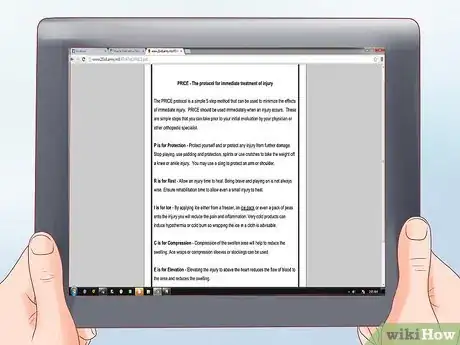
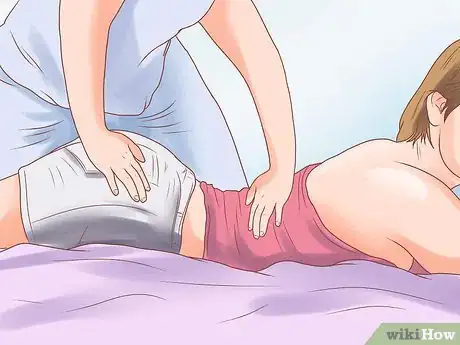
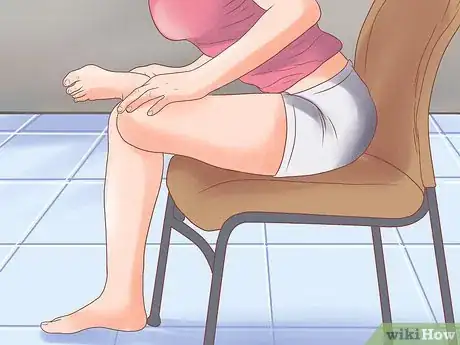
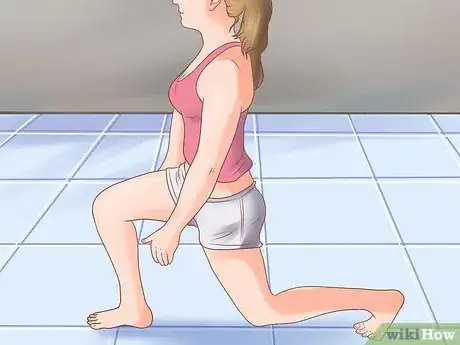
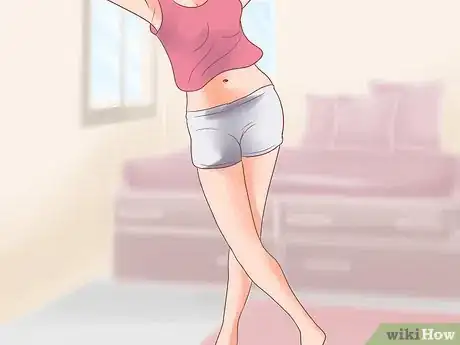
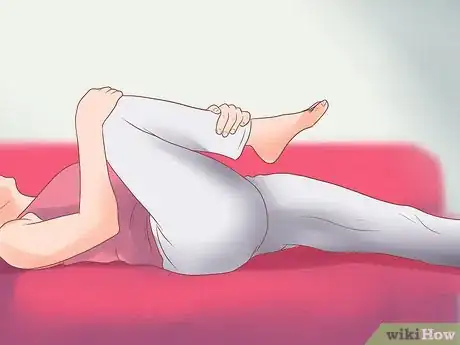
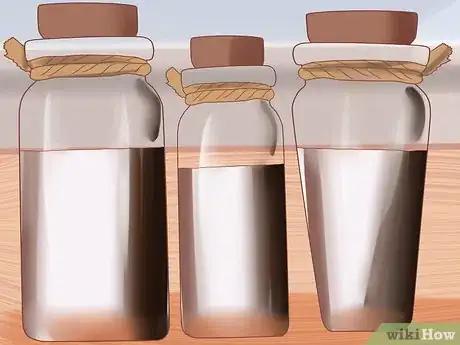
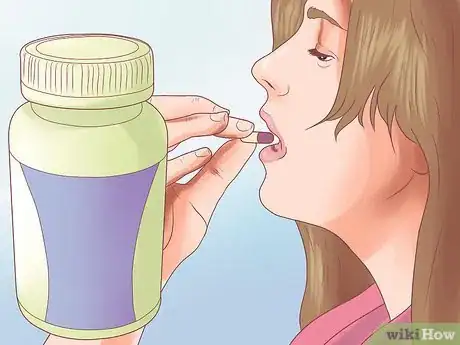
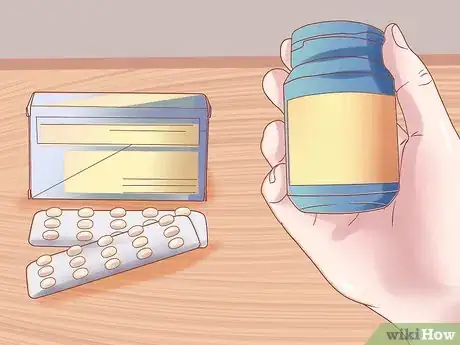
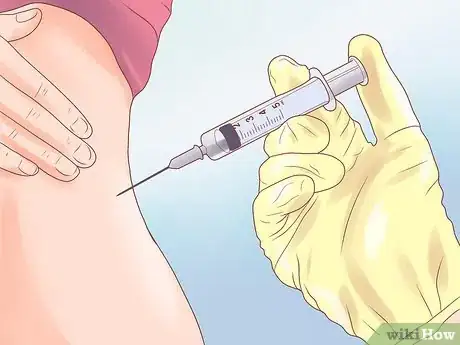
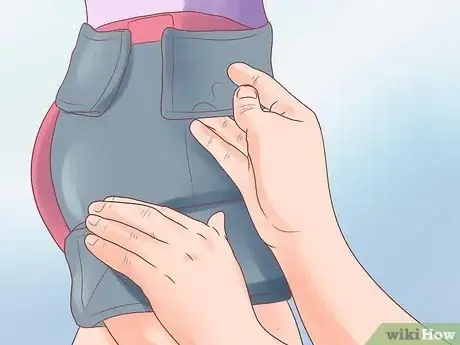
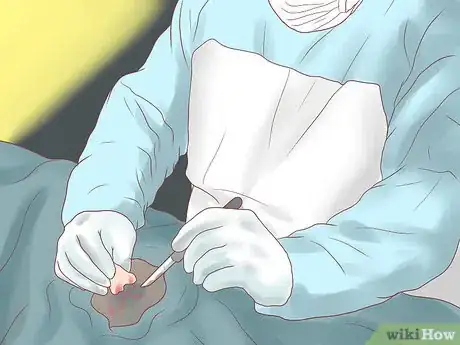
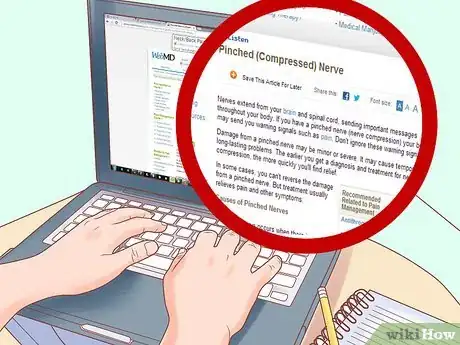
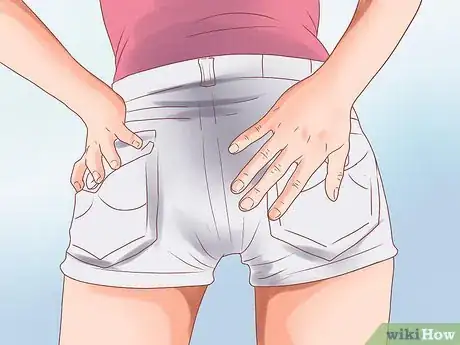
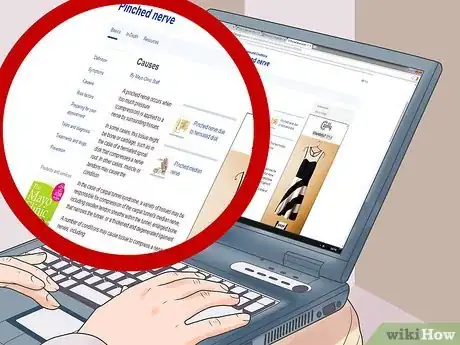
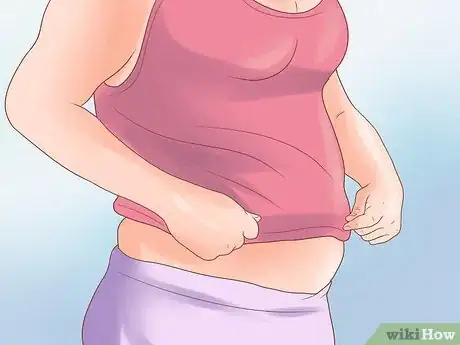
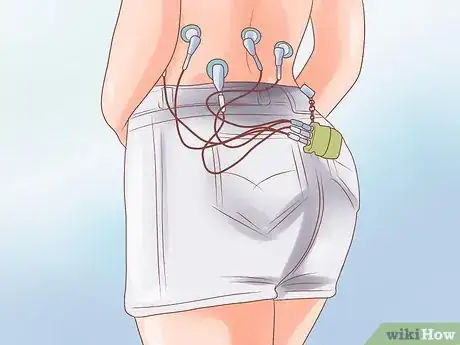
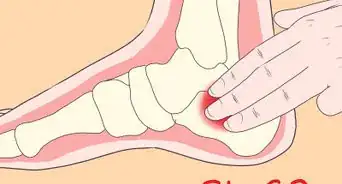
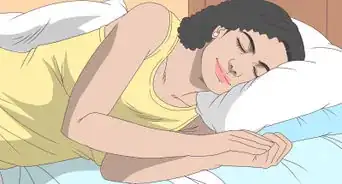
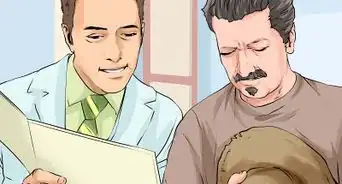

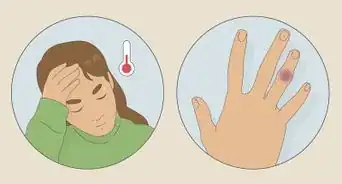
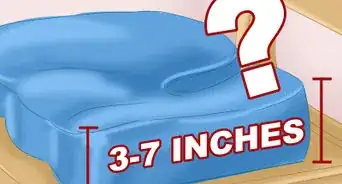
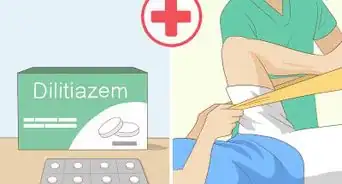
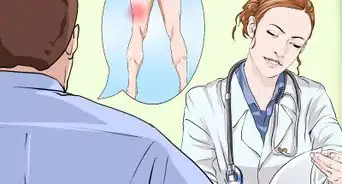
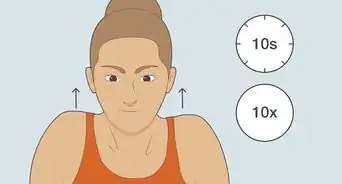
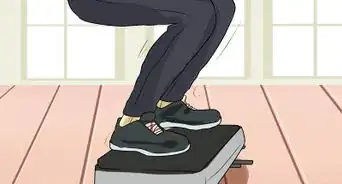
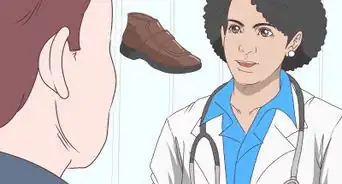
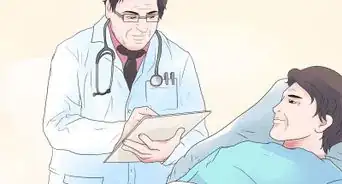

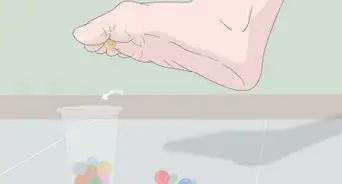










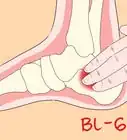

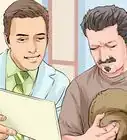




































Medical Disclaimer
The content of this article is not intended to be a substitute for professional medical advice, examination, diagnosis, or treatment. You should always contact your doctor or other qualified healthcare professional before starting, changing, or stopping any kind of health treatment.
Read More...